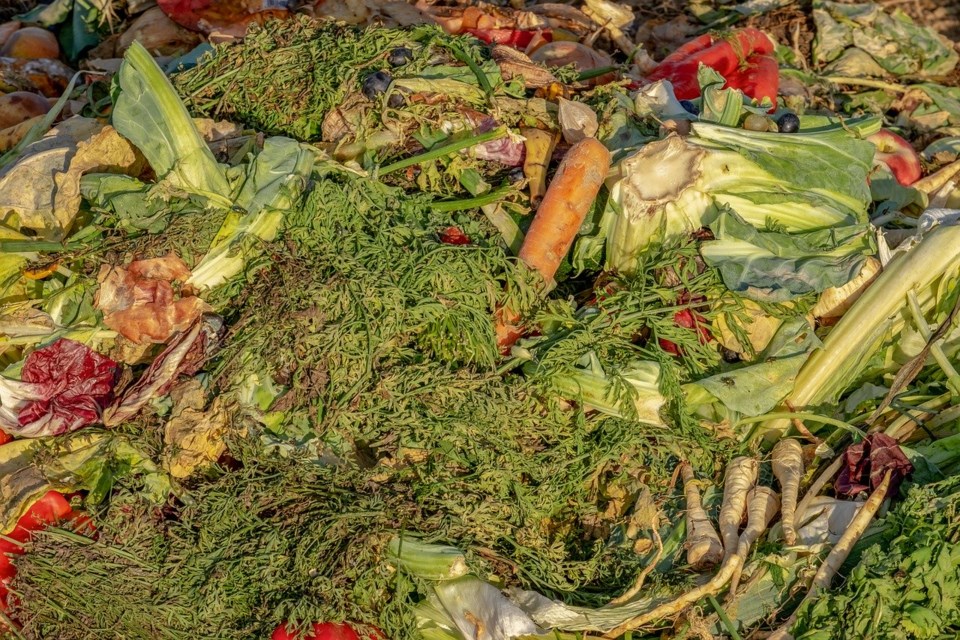While Bowen’s organic waste is currently shipped to Pemberton, local organizations have long looked for a way that the island’s food and yard waste can decompose on-island.
As a conscientious bunch, Bowen’s first green waste pilot was in 1998 and the island started officially separating food waste in 2012, before Metro Vancouver’s 2015 ban. So why hasn’t on-island composting happened? Well, it’s smelly, expensive and complicated.
However, a 75-page feasibility study from BIM contractor Timmenga & Associates Inc. suggests a path forward. Though we’ve been at the report stage before, what’s changed is that tipping fees have increased more than 40 per cent since 2016 and food waste increased more than 30 per cent in the same time. Between 2018 and 2019 on-island green waste rose from 540 tonnes to 582 tonnes.
In a presentation to mayor and councillors Monday, Hubert Timmenga made the case for a HotRot “in-vessel” system made by New Zealand company Global Composting Solutions.
With HotRot, there’s a steel tunnel with a bladed auger, mixing and aerating the compost and then beds where the compost is cured. Timmenga said that it doesn’t produce leachate and is almost if not completely odourless (odour is a big factor––it’s the reason the Richmond composting location shut down). It has a life of 35 to 40 years and can also process compostable plastics.
The system is use in more than 20 locations around the world, many with similar conditions to Bowen (remoteness, population, wasteflow), according to Timmenga’s report.
Timmenga forsees the system enclosed in a fabric building on the Bowen Island Recycle Depot site and too operated by Bowen Waste Solutions.
The facility’s capital cost is estimated at just under $1.1 million but considerations include savings in tipping fees, the capacity to sell the compost after the 10-to-14 days inside the steel tube and 35 days of curing (with HotRot, your Christmas turkey scraps could return to you in time for planting season) and the potential for grant funding. A BIM staff report on the meeting agenda said that with the island’s current green waste volume, the facility would have a slight loss.
The greenhouse gas analysis predicts such a facility would see an annual net decrease of 24.1 tonnes to 28.8 tonnes of CO2, about the emissions of five or six cars.
“Even though an increase in volume increases the facility’s profitability, the best-case scenario would be an overall reduction in food waste – particularly from a GHG perspective,” reads the staff report. Louise McIntosh of Bowen Waste Solutions said at the meeting that somewhere around 25 per cent of the food people buy goes into green waste.
However, yard waste––including firesmarted trees––could also be rerouted to the composter rather than the backyard bonfire.
As the presentation was in a committee of the whole rather than a council meeting, councillors recommended that council support the on-island facility in principle and that BIM do community consultation to get feedback on the feasibility study and investigate grant options.
Highlights from the Feb. 10 council meeting:
The big story this week is about the possibility of Island Discovery Learning Community moving to Evergreen Hall in Deep Bay. See that standalone story on p. 12.
If everything goes according to plan, BIM is on track to have the province impose a three per cent Municipal & Regional District Tax (MRDT) on short-term rentals starting Jan. 1, 2021. This money is turned over to the municipality to be used for tourism management and affordable housing initiatives––the current thought is a 50/50 split, though there was some council discussion about how to have more go toward housing. A staff report from community planner Emma Chow estimates an annual revenue of $42,300 to $58,500 (three per cent of the between $1.41 million and $1.95 million estimated annual revenue of local short-term rental providers). Council passed first reading of a bylaw requesting that the province impose the tax.
Property owners at a Josephine Lake property applied to modify the covenant on their land to reduce the protected wetland area to enable landscaping work. A staff report from Chow says that an environmental assessment found that the reduction wouldn’t be detrimental to the habitat, groundwater recharge functions of the wetlands or the covenant’s intent to protect lake water quality. The staff report notes that the property is still subject to Watershed, Aquifer and Stream Protection Development Permit Area guidelines and any development would require a permit, which wouldn’t be given for anything within the wetland itself. Council deferred consideration of the covenant, among their concerns was setting a precedent as many of the Josephine Lake properties have similar covenants. Coun. Sue Ellen Fast also asked for more information about how the wetlands and surroundings might be affected by climate change.



